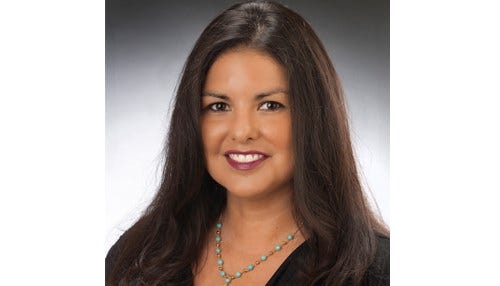Understanding The Importance of Steamship Line Alliances

Subscriber Benefit
As a subscriber you can listen to articles at work, in the car, or while you work out. Subscribe NowA recent report from Brookings Institute shows Indiana’s dependence on exports. In 2015, Hoosier manufacturers exported $62 billion in goods and services, which is nearly 20 percent of the state’s economy. Columbus ranks at the top of the list of Indiana cities depending on exports with 50 percent of its economy depending on shipping goods out of the country. The steamship line industry will form three major alliances beginning April 1. The question is: are Hoosier exporters ready?
Since 2015, steamship lines in the freight forwarding industry have gone through major changes with carriers consolidating to gain economies of scale, additional market share and cost reductions. We also saw one of the largest steam ship lines South Korea’s Hanjin go under. In February, a South Korean court declared the line bankrupt saying liquidation would bring more value to creditors than trying to rehabilitate the container line.
Unfortunately, shippers are now faced with service and pricing uncertainty in how all this will play out in an industry faced with overcapacity and pricing inconsistency.
Another concern in the freight forwarding industry is this question: what happens to relationships built with carriers being taken over by other carriers? These are relationships shippers may have built over years and relied on to get service issues and pricing problems addressed quickly. Experience tells us those valued relationships will probably change or disappear as carriers consolidate operations.
Major branded carrier companies dropped from 17 in 2015 and will be about 10 heading into 2018 when three Japanese carriers are slated to combine operations. The steamship line companies still in business will form three major alliances beginning April 1. The new alliance system is the carriers’ attempt to continue cost cutting with the aim to move back to the black financially in the next few years. Here are the alliances we’ll be seeing:
Ocean Alliance: COSCO Shipping (merger of COSCO and China Shipping), CMA (including the APL purchase), Evergreen Line and OOCL
THE Alliance: The three Japanese carriers NYK, MOL, and K Line (will merge into one group in 2018), Hapag-Lloyd (includes UASC merger), and Yang Ming
2M Alliance: The already established MSC and Maersk (purchasing Hamburg Sud) alliance with a slot sharing agreement with Hyundai Merchant Marine
For the trans-pacific trade lane between Asia and North America the alliances account for 91 percent of the vessel space, according to Alphaliner.
- Ocean Alliance – 41 percent
- THE Alliance – 29 percent
- 2M = HMM – 21 percent
What does all this mean for Hoosier companies?
- This could bring rate volatility if alliances decide to pursue market share. Carriers will continue to place newer and larger vessels in play to drive down per slot costs. The industry will still have excess capacity in 2017, so rates may suffer as carriers try to fill vessels.
- Look for possible delays at U.S. ports caused by larger vessels demanding more resources and space to process ships. Alliances will bring larger ships into service routes from each carrier. Processing these ships at port(s) takes time and could create congestion at the terminals
- Service uncertainty early in the year as carriers workout vessel sharing and service sling(routes) configurations within the alliances
In the long run alliances may stabilize the steamship line industry if carriers develop discipline and are better at sharing resources and information. That will take time in an industry plagued by overcapacity and a history of undisciplined pricing policies.
Words to stay wise in freight forwarding
It will be very important for shippers to stay on top of all the developments and changes created by steamship line industry consolidation. Shippers should start reaching out to carriers and industry experts/NVOCC specialists to stay informed of changes and to start building relationships quickly.
Watch the rollout of the three alliances. It would be a good idea to have carrier relationships in each alliance to keep up to speed on service route changes, port rotations, and capacity developments. Or work with your NVOCC specialist to ensure you have carrier options in the three alliances.
Susan Trautman is a business development professional at Cargo Services Inc.
